Leafy Garden Greens: Different Types Of Garden Greens
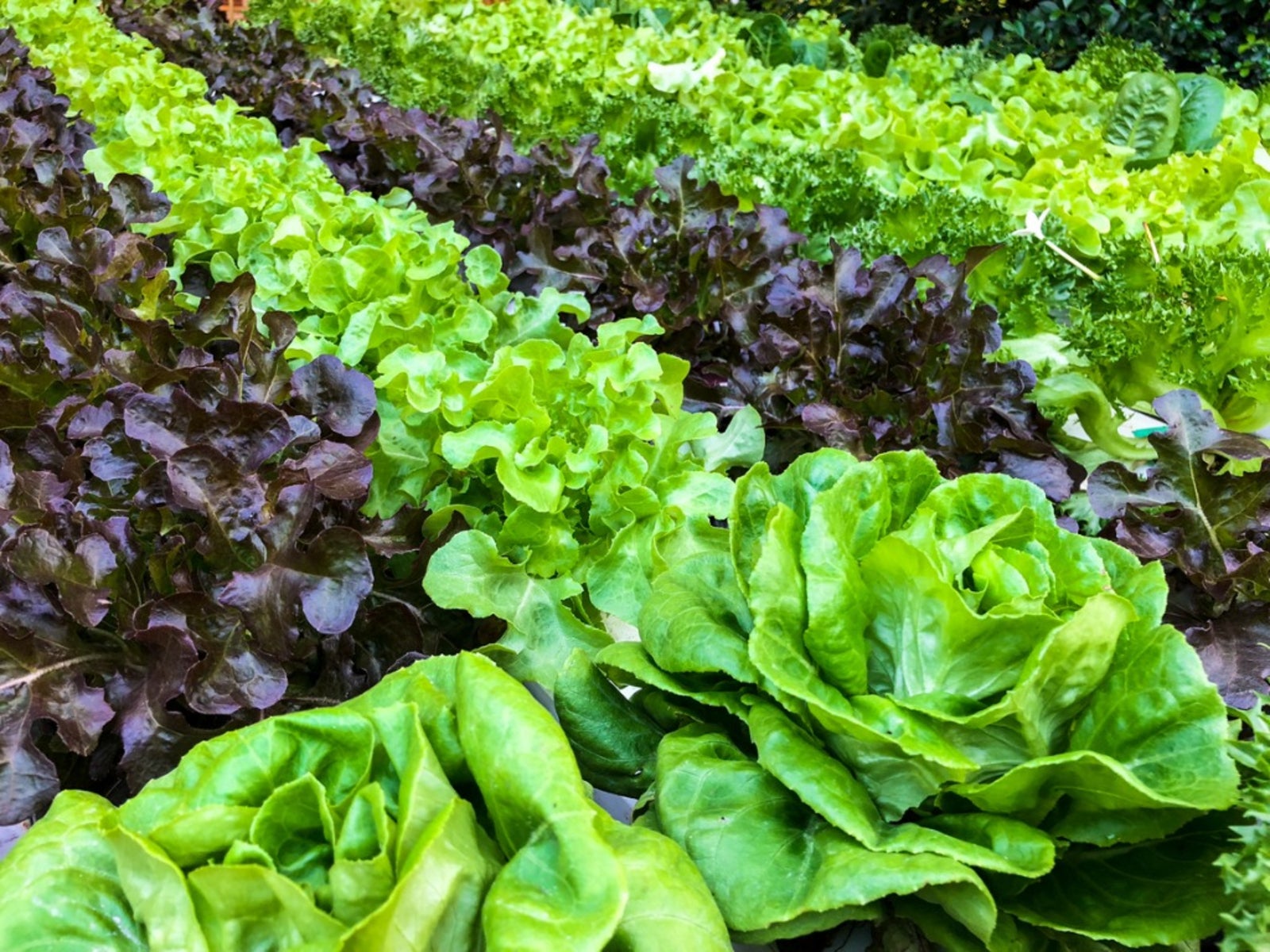

It's not often that we eat plant leaves, but in the case of greens, they provide a wide range of flavor and a nutrient punch. What are greens? Leafy garden greens are more than lettuce. The types of garden greens range from the tops of edible roots like turnips and beets, to ornamental plants like kale and chard. Growing greens is easy and increases the diversity in your diet.
What are Greens?
Cool season crops suitable for spring or fall, greens are the foliage and leaves of edible plants. Greens are an important part of your salad, but some of the more rustic varieties make excellent cooked vegetables too. Greens have an important place in the history of the American diet. They have often been discarded or considered less valuable where a root crop was involved, so farm laborers developed innovative methods of cooking these cast off leaves and created delicious and nutritious dishes.
Types of Garden Greens
There is a wide array of garden greens. Some examples of those eaten fresh and raw are:
Leafy garden greens that are better when cooked include:
There are also greens which are good raw but can also be cooked, such as arugula and Swiss chard. In addition to more common greens, there are wild greens in cultivation as part of salad blends and Asian greens that provide unique and fun additions to your culinary roster. Learn what to do with greens in the garden and add gourmet leafy garden greens to your vegetable crisper.
Growing Greens
Plant your green seeds in well-drained soil during early spring or late summer. Fall crops are sown three months before the first expected frost. Choose a location in full but indirect sun. Cover seeds with ¼ to ½ inch (6 mm. to 1 cm.) of well-worked soil. Leafy garden greens require even moisture and consistent weed removal. Some greens may be harvested when small or cut back for a “cut and come again” second harvest. Escarole and endive are blanched by covering the row for three days. Other greens are best harvested at mature size. All greens are best harvested before hot, dry weather arrives.
What to Do With Greens in the Garden
- How you use your greens depends on the variety.
- Heavy, thick leaves are more palatable when you remove the ribs.
- All greens should be washed and drained well before use.
- The types of garden greens that are cooked can be cut and stir-fried, poached, or cooked down slowly in a savory broth known as pot liquor, often spelled as pot likker.
- Small leaved greens mixed together add punch to salads, and peppery arugula is amazing as a pesto.
- As with most vegetables, the quicker you cook leafy garden greens, the more nutrients they retain.
Gardening tips, videos, info and more delivered right to your inbox!
Sign up for the Gardening Know How newsletter today and receive a free copy of our e-book "How to Grow Delicious Tomatoes".

Bonnie Grant is a professional landscaper with a Certification in Urban Gardening. She has been gardening and writing for 15 years. A former professional chef, she has a passion for edible landscaping.
-
 Try The Trend – Turn Any Bed Into A Keyhole Garden With This Clever In-Ground Composter
Try The Trend – Turn Any Bed Into A Keyhole Garden With This Clever In-Ground ComposterKeyhole gardening is an efficient and sustainable practice that saves space. Get started on this DIY project quickly and easily with an in-ground composter.
By Bonnie L. Grant
-
 4 Superfast Composting Methods: Turn Waste Into Garden Gold In 30 Days Or Less
4 Superfast Composting Methods: Turn Waste Into Garden Gold In 30 Days Or LessTry the fastest composting methods to turbocharge your pile and transform kitchen scraps and garden waste into finished compost in just a few weeks.
By Mary Ellen Ellis
-
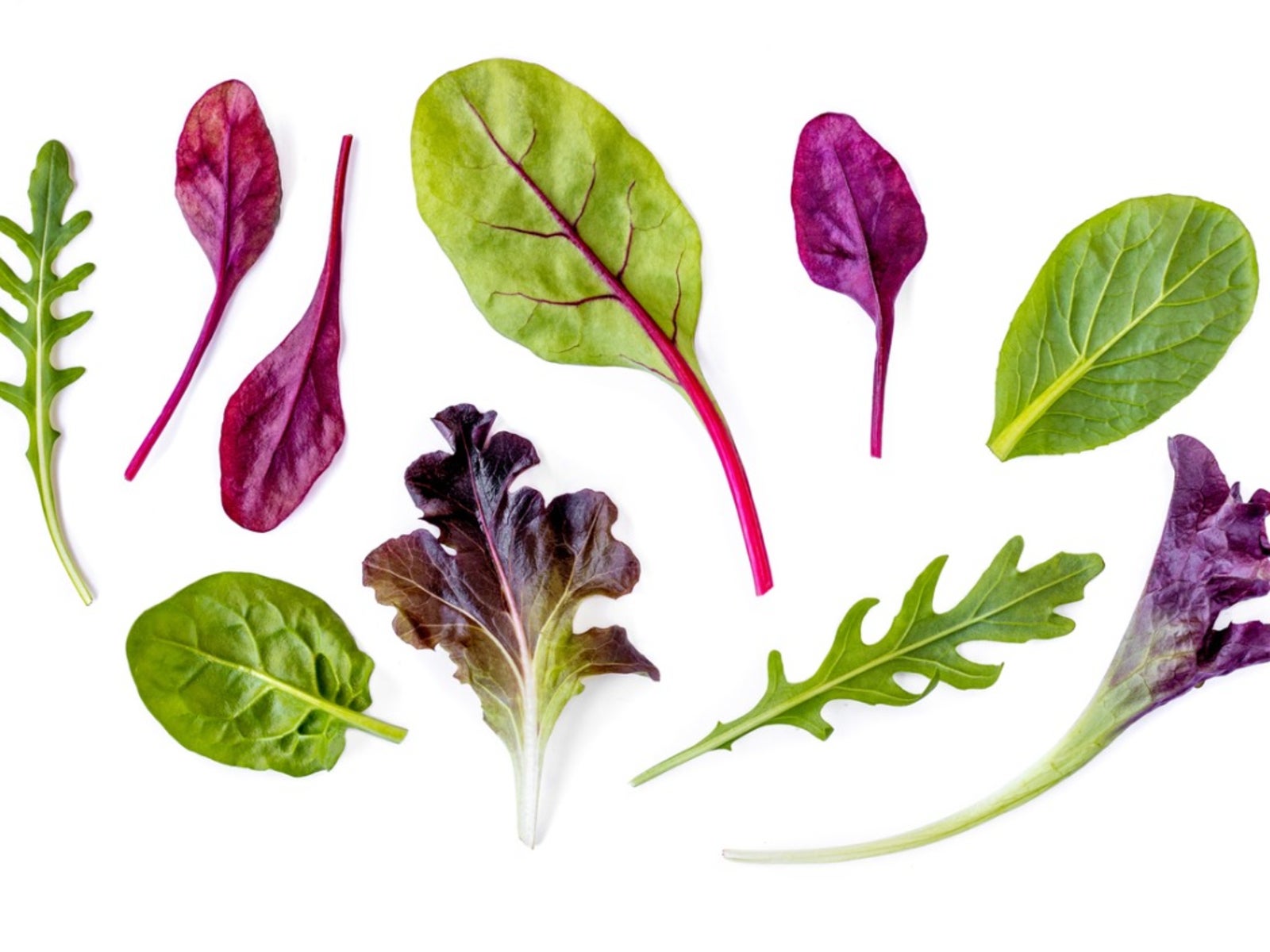 Substitutes For Lettuce – Growing Alternative Salad Greens
Substitutes For Lettuce – Growing Alternative Salad GreensAlternatives to lettuce are generally higher in nutrients and more flavorful. Click here for some ideas on what to use as substitutes for your lettuce.
By Amy Grant
-
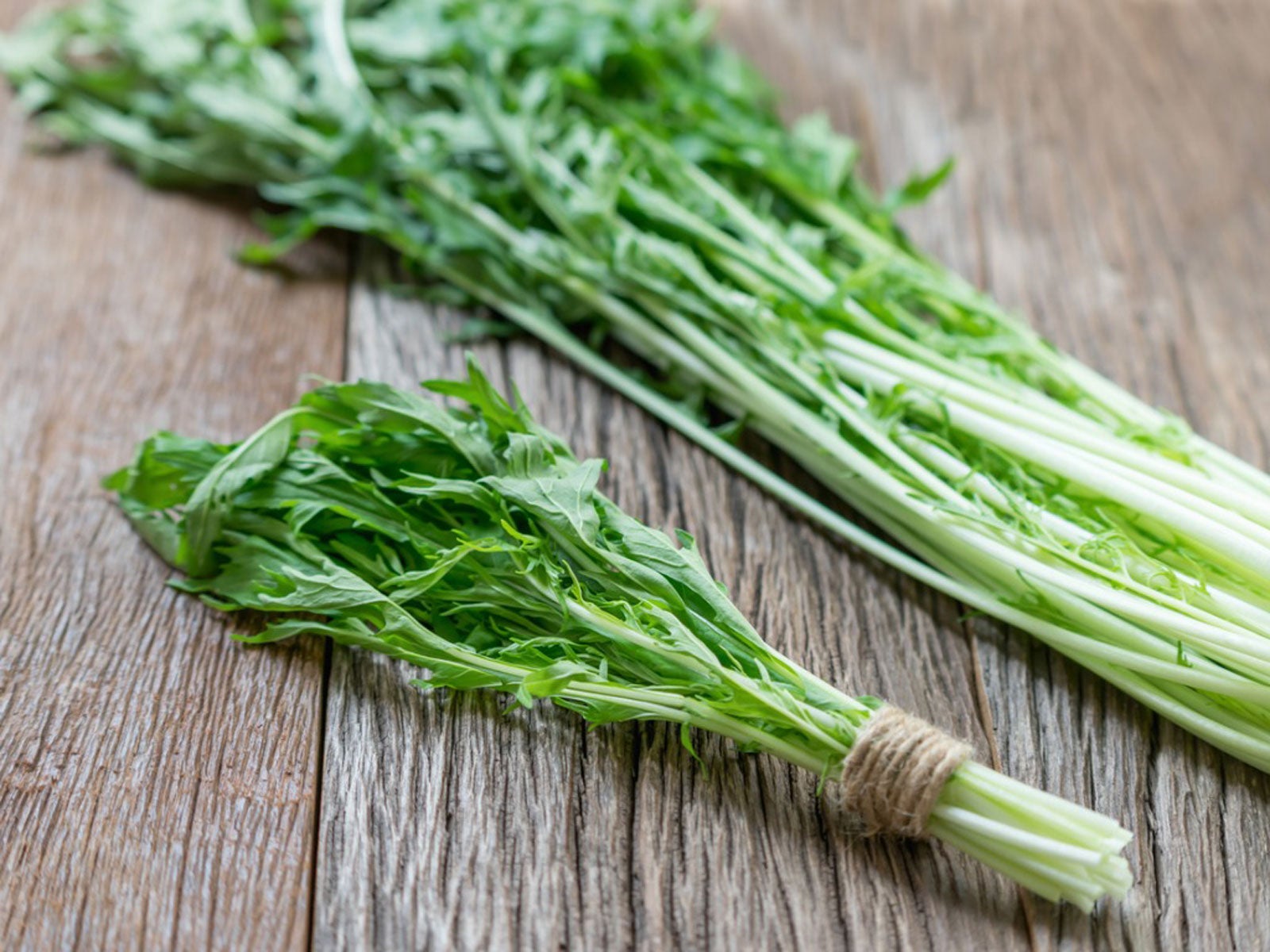 Mibuna Mustard Greens: How To Grow Mibuna Greens
Mibuna Mustard Greens: How To Grow Mibuna GreensMibuna mustard is a highly nutritious Asian green with a mild, mustardy flavor. Wondering how to grow mibuna greens? Click here.
By Mary H. Dyer
-
 Autumn Crop Greens – When To Plant Greens In The Fall
Autumn Crop Greens – When To Plant Greens In The FallYou can easily grow greens in fall. Many leafy salad greens are cool season crops that prefer the autumn temperatures. Click here for more.
By Amy Grant
-
 How To Harvest Leafy Greens – Picking Leafy Greens In The Garden
How To Harvest Leafy Greens – Picking Leafy Greens In The GardenAll leafy greens are easy to grow, rich in nutrients (although some more than others) and some can be eaten both fresh and cooked. Harvesting leafy greens is a simple matter as well. Click here if you’re interested in learning how and when to harvest garden greens.
By Amy Grant
-
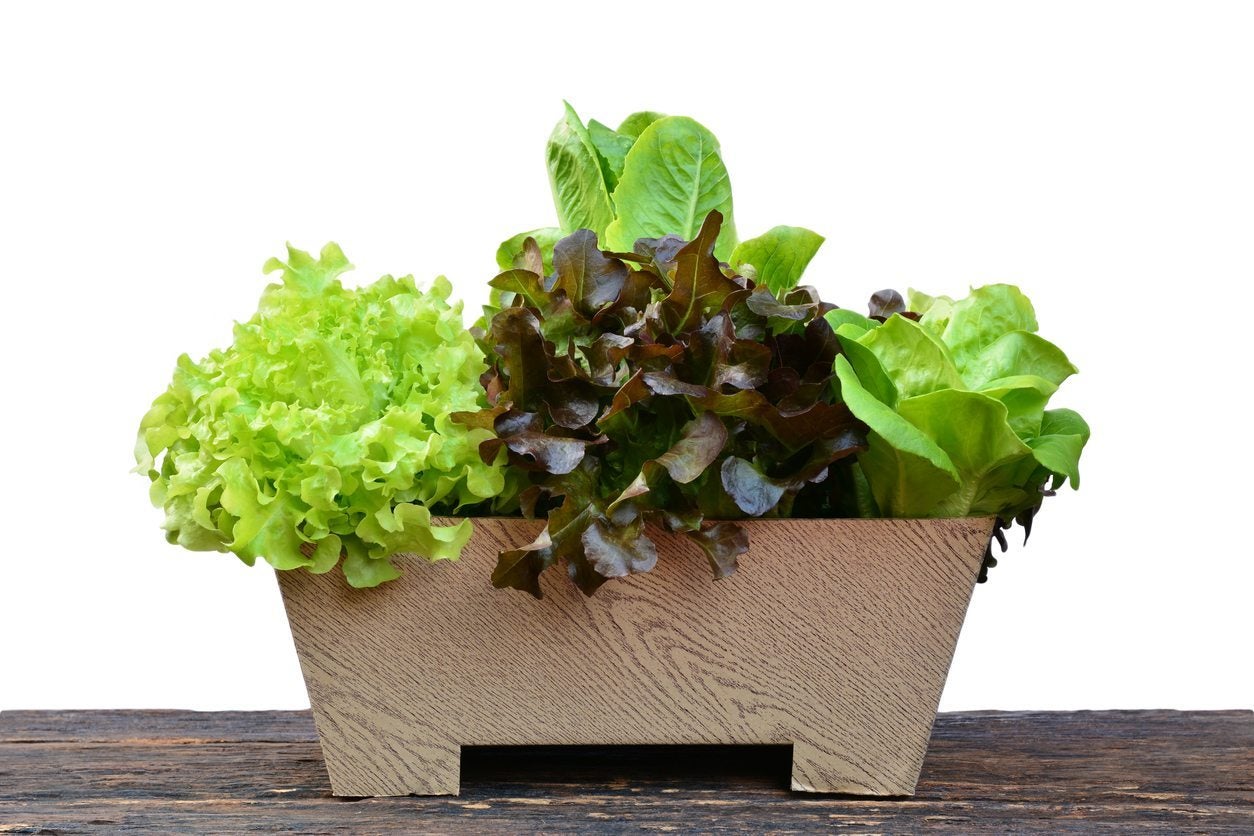 Growing A Salad Bowl Garden: Learn How To Grow Greens In A Pot
Growing A Salad Bowl Garden: Learn How To Grow Greens In A PotGrowing your salad greens in containers! They're less expensive, fresh and at your fingertips. A salad bowl garden is the ultimate luxury for easy gardening and healthy eating.
By Amy Grant
-
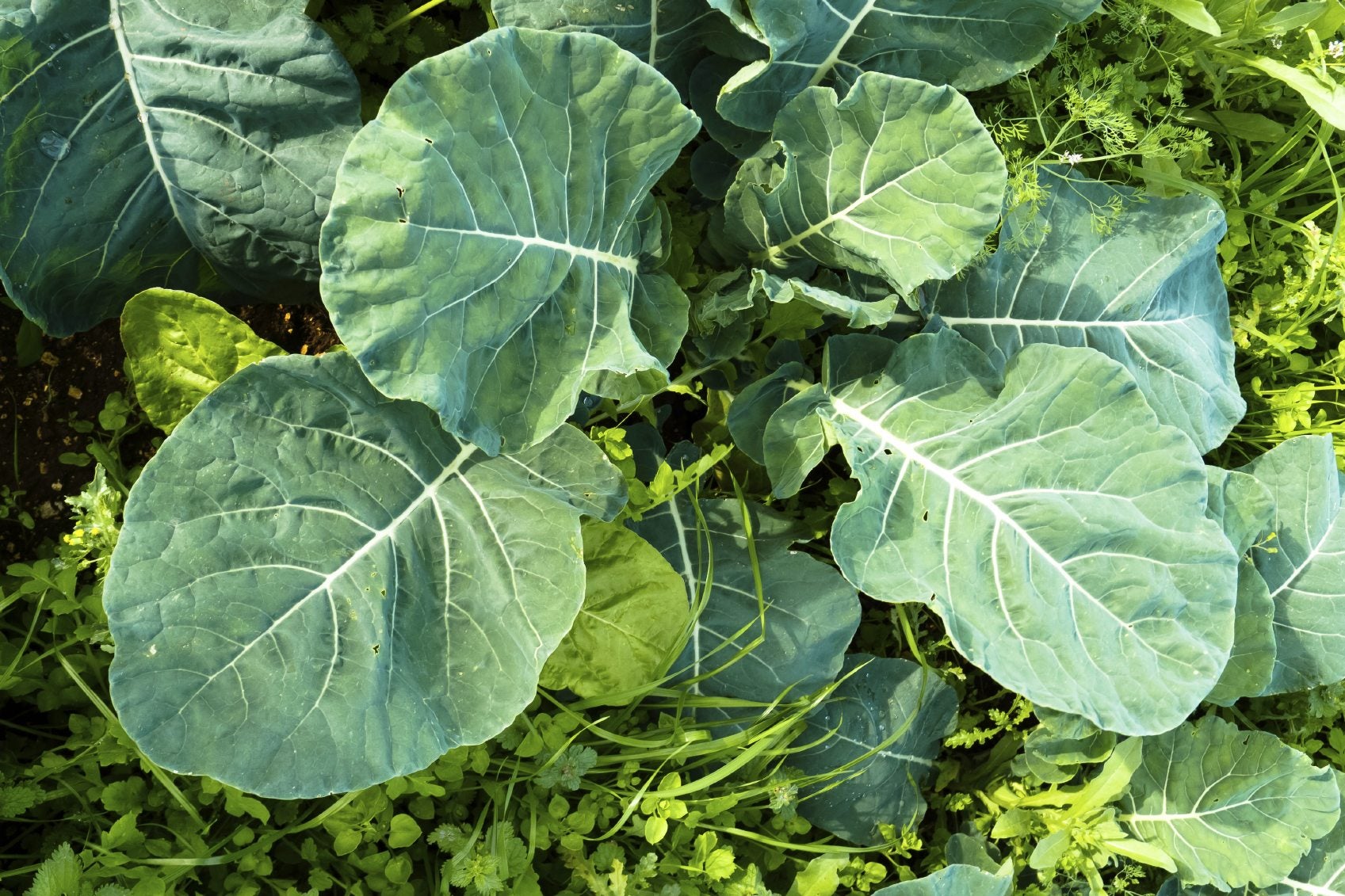 Winter Salad Greens: Tips On Growing Greens In Winter
Winter Salad Greens: Tips On Growing Greens In WinterIf you get cold winters, you're not going to be picking tomatoes in February. You may, however, be picking any leafy greens you like. If you're growing in the winter, salad greens are the way to go. Learn how to grow greens over winter here.
By Liz Baessler
-
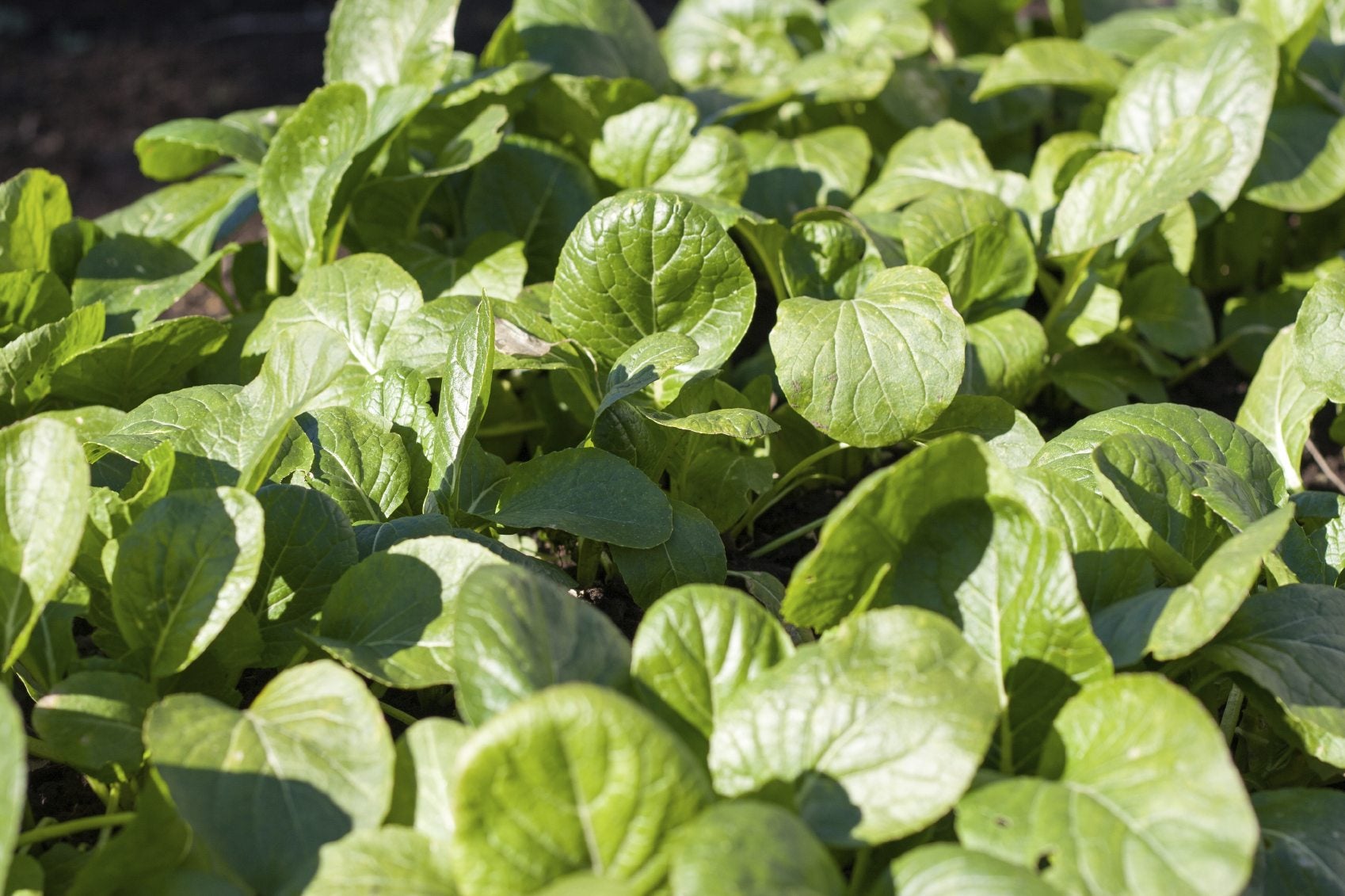 Komatsuna Plant Care: Tips On Growing Komatsuna Greens
Komatsuna Plant Care: Tips On Growing Komatsuna GreensI dare say most of us have never heard of growing komatsuna greens; I hadn't. When I read about them, I began to wonder what does komatsuna taste like and how do you grow it. Read on to discover a wealth of interesting komatsuna facts.
By Amy Grant
-
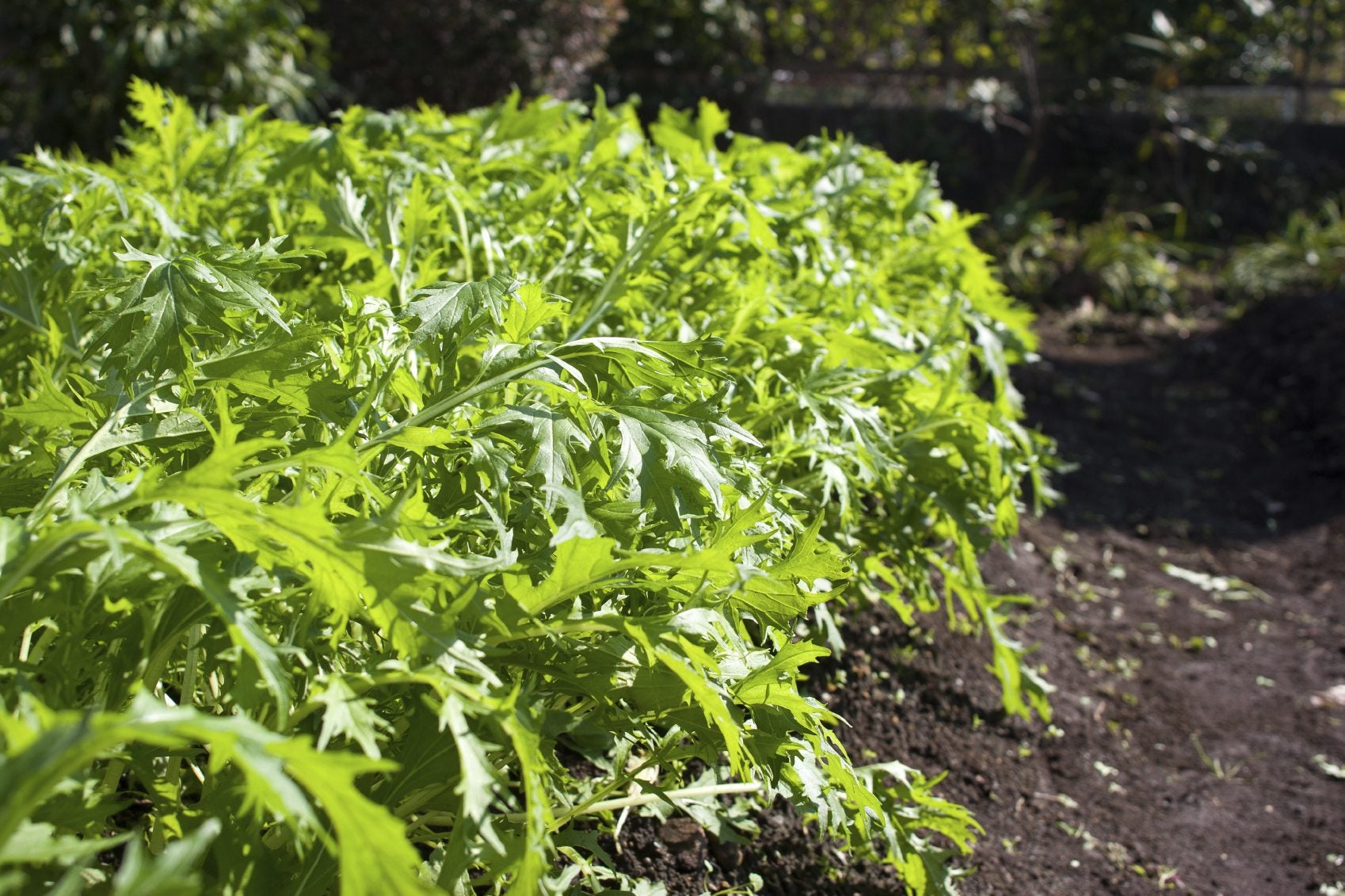 Asian Mizuna Greens: How To Grow Mizuna Greens In The Garden
Asian Mizuna Greens: How To Grow Mizuna Greens In The GardenMizuna greens are a popular leafy vegetable from Asia that is used worldwide. Like many Asian greens, they are related to the more familiar mustard greens. For more information on growing mizuna greens, this article will help.
By Liz Baessler